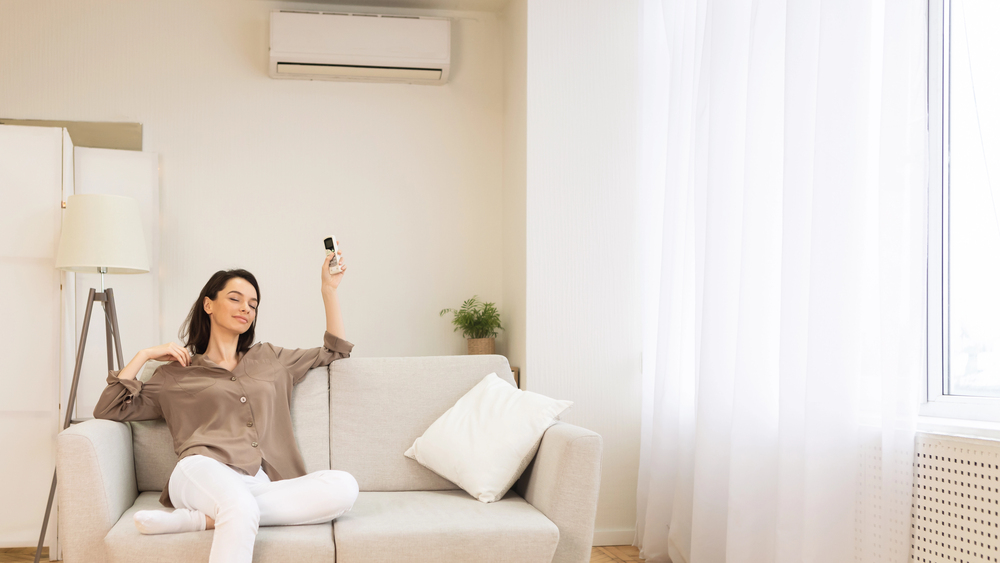
“Cranking the AC isn’t your only shield against summer’s harsh heat there are more intelligent, budget-conscious ways to protect your home (and your loved ones).” With heat waves growing more unforgiving and energy bills rising, families across the country are looking for resourceful, budget-friendly solutions to beat the heat.

It’s not just about comfort severe heat is now the US’s most lethal weather threat, surpassing floods and hurricanes. If you’re taking care of children, pets, or elderly loved ones, maintaining a cool home is a must. But what if there was a way to do so without breaking the bank on your electricity bill? Meet a toolkit of expert-recommended, real-world hacks beyond the obvious that will have you cooling down, safely and responsibly.
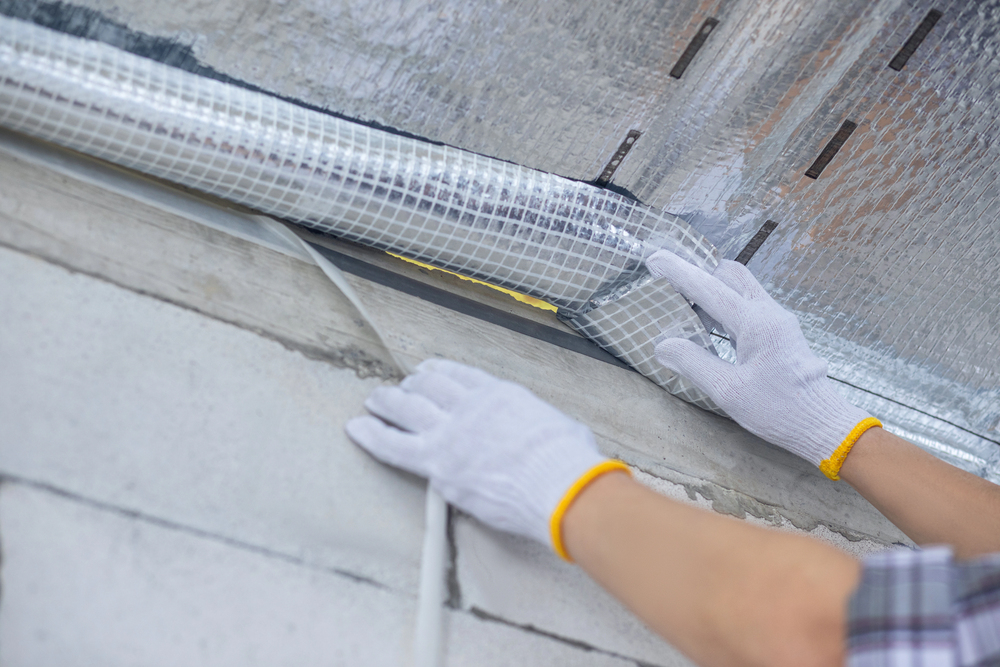
1. Weather Stripping: The Unsung Hero of Home Cooling
Weather stripping may seem like a winter solution, but it’s really a secret weapon for keeping cool air within in the blistering heat of summer. By closing those pesky gaps around windows and doors, you can cut unwanted heat intrusion and make your AC (if you have one) do less overtime. The Department of Energy says sealing air leaks and installing insulation can reduce energy bills by as much as 10% per year. The trick is choosing the right material foam tape is perfect for odd-sized gaps, while V-strips or rubber seals are great for high-traffic doors. Don’t forget the details: “A small investment in weather stripping can lead to big savings and a more comfortable home,” says Window Hardware Direct. Regularly check and replace worn strips, and you’ll keep cool air locked in where it belongs.
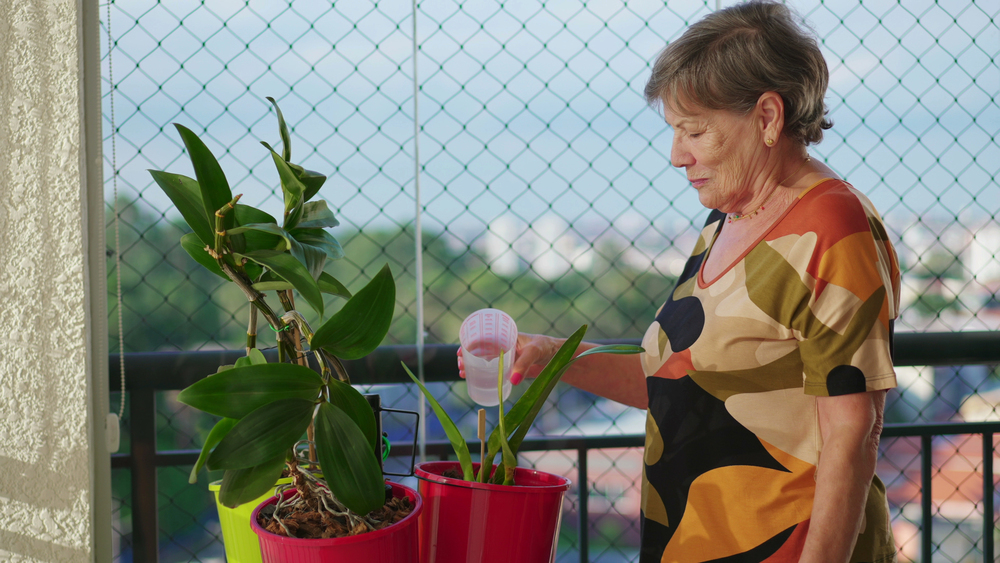
2. Curtain Schedules and Smart Window Moves
Sunlight pouring in through your windows is similar to a gratis sauna experience wonderful in winter, but not so wonderful in July. What’s the fix? Be clever with your blinds and curtains. Open them tight when sun hours are most intense to keep out as much as 20°F of indoor heat gain, as pointed out by RELiON Battery. For extra credit, opt for smart blinds that switch automatically according to hour or temperature. When the sun sets and outdoor temperatures fall below indoor ones, open those windows to allow a cool cross-breeze. That easy cadence shade during the day, airflow at night can make your home comfortable and reduce AC reliance.
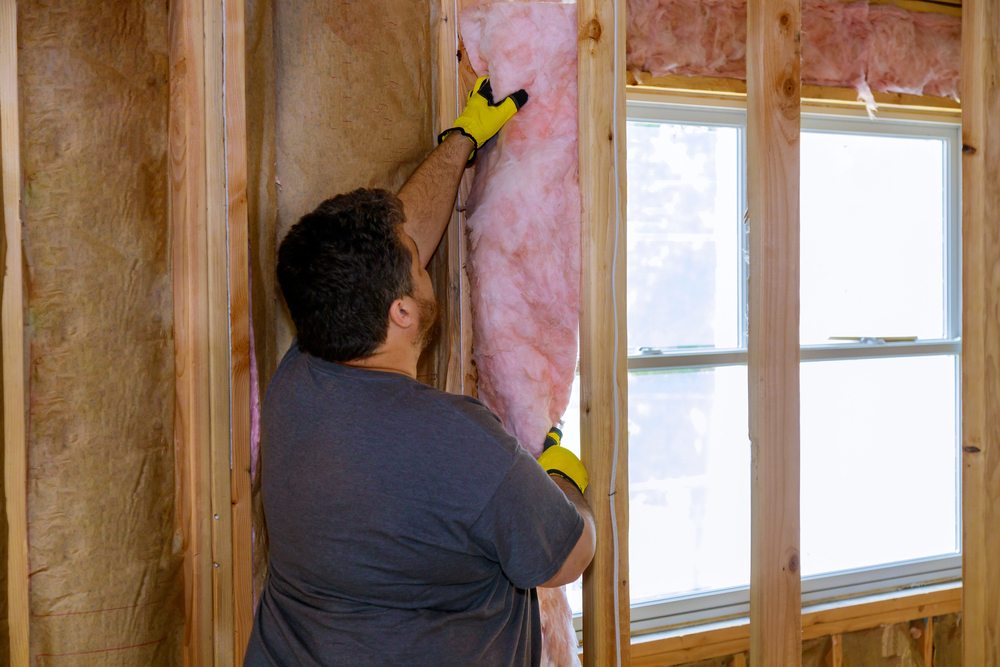
3. Insulation and Air Sealing: Your Summer Secret Weapon
Insulation is only for cold weather, right? Wrong. Proper air sealing and insulation can chill your home in summer and heat it in winter. Cape-style houses and rooms with sloping ceilings are particularly susceptible to overheating, but a bit of care for your attic, walls, and ducts can be a big help. Efficiency Vermont points out that weatherization work can address both summer and winter discomfort. Even DIY homeowners can chip in: apply caulk around window frames, put foam gaskets behind outlets, and don’t forget the attic hatch. The EPA estimates that adding insulation to attics, basements, and crawl spaces can save 11–15% on total energy costs.
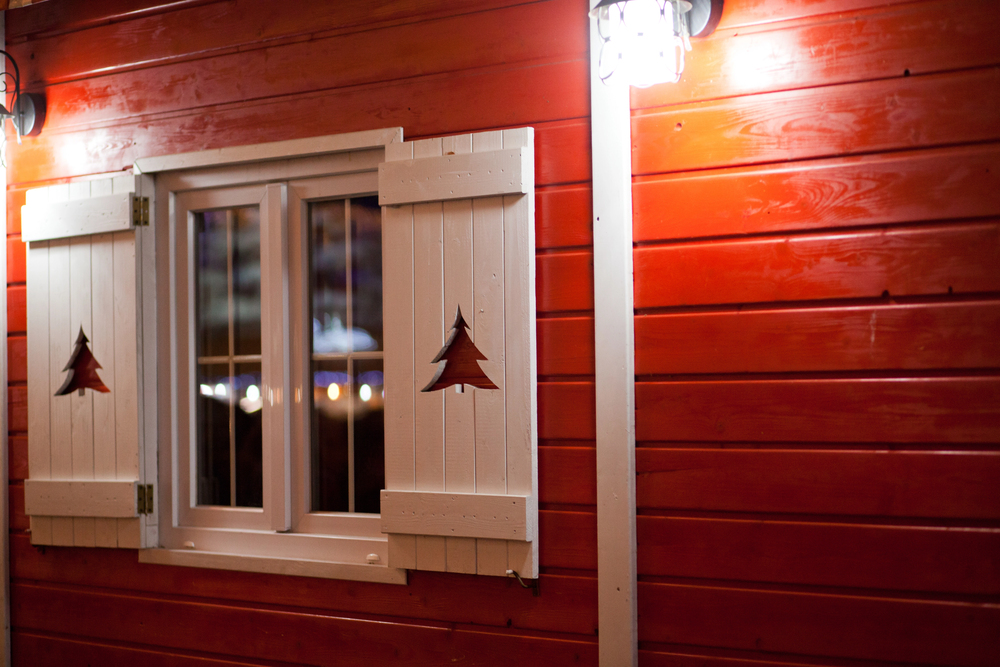
4. Smarter Appliance Use and LED Lighting
Every appliance in your home is a mini heat generator especially ovens, dryers, and old-school incandescent bulbs. During a heat wave, it pays to unplug electronics you’re not using and switch to energy-efficient appliances. LEDs are a win-win: they last longer and produce almost no heat. “LED bulbs heat less and use as much as 75% less energy than incandescent bulbs,” points out RELiON Battery. Attempt to run dishwashers and laundry units during nighttime hours, and have microwave or slow-cooker meals instead of heating up the oven. Each little change helps keep your place and your loved ones cool.
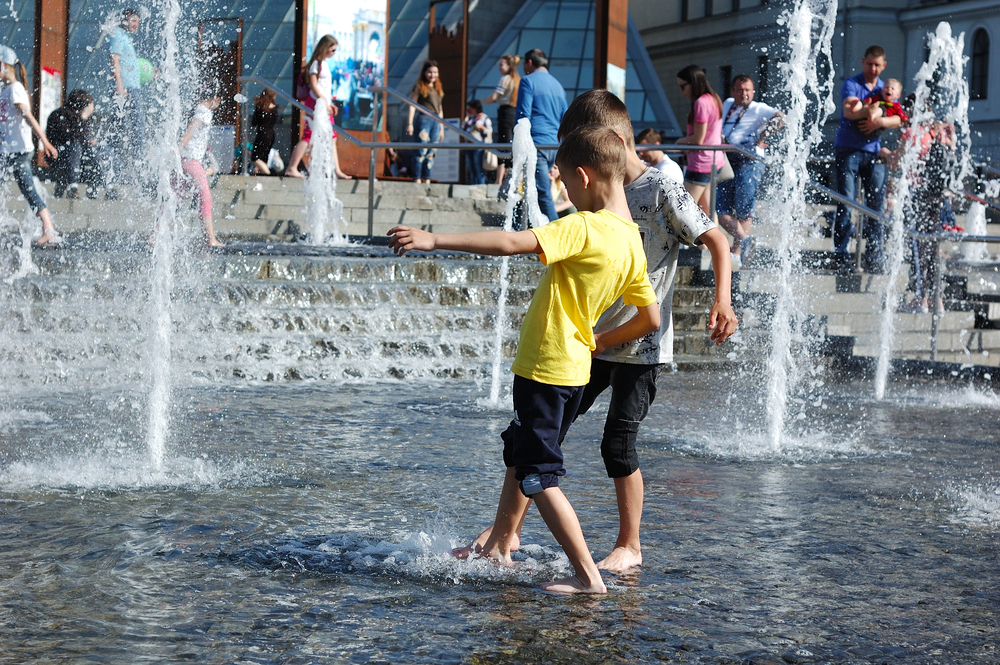
5. Emergency Prep: Cooling Centers, Hydration, and Heat Safety for Families
Severe heat isn’t only annoying it’s hazardous, particularly for children, the elderly, and animals. The American Red Cross encourages everyone to have a cooling plan if the lights go out or if you don’t have air conditioning. Find out where your local public cooling center is, and have a go-bag with water, snacks, and chargers available. Stay hydrated: “Encourage your children to drink water often. Have water available readily even before they request it,” the American Academy of Pediatrics advises. For infants, use breast milk or formula only. If a person exhibits signs of heat illness such as confusion, nausea, or profuse sweating transfer them to a cooler area, spray them with wet towels, and get medical attention quickly. Don’t leave out pets: provide shade, water, and a cool place for them to rest.
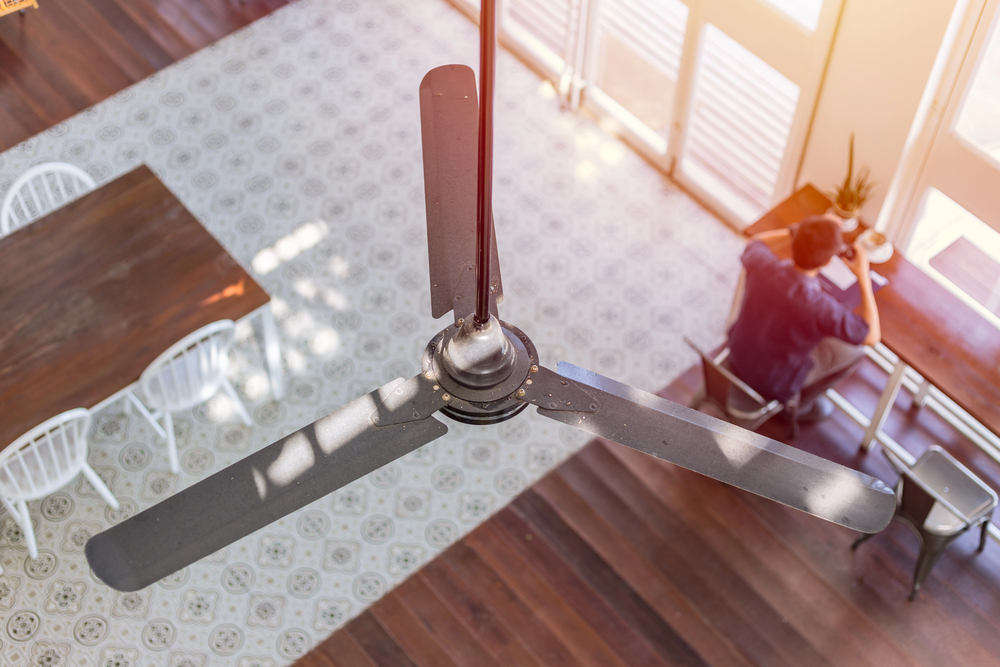
6. Fans, Natural Ventilation, and Passive Cooling
Fans can be your best friend used correctly. Adjust ceiling fans to rotate counterclockwise for a breeze that cools you off, and operate exhaust fans in the kitchen and bathroom to sweep away heat and moisture. During cooler nights or early morning hours outdoors, open windows on opposite sides of your house to provide a cross-breeze. RELiON Battery points out that these passive measures can enable you to increase the thermostat setting by roughly 4°F without losing comfort. Just recall: when outside is warmer than inside, seal up and trap the cool air inside.
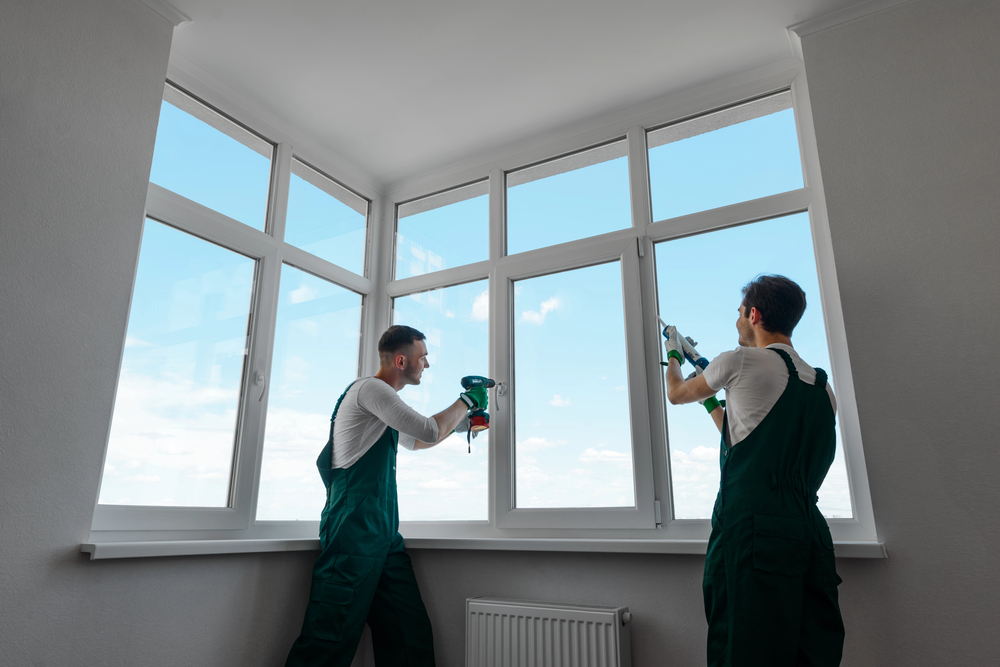
7. DIY Projects for Sealing and Comfort
Don’t sell a weekend project short. Whether you’re adding door sweeps and draft stoppers, caulking windows, or installing outlet insulators, every small repair makes a difference. If you can notice daylight coming in at the bottom of your doors or feel cold air creeping in, it’s time for a quick update. These repairs aren’t limited to the winter they keep heat out and cool air in, so your home is a comfortable refuge all year round.
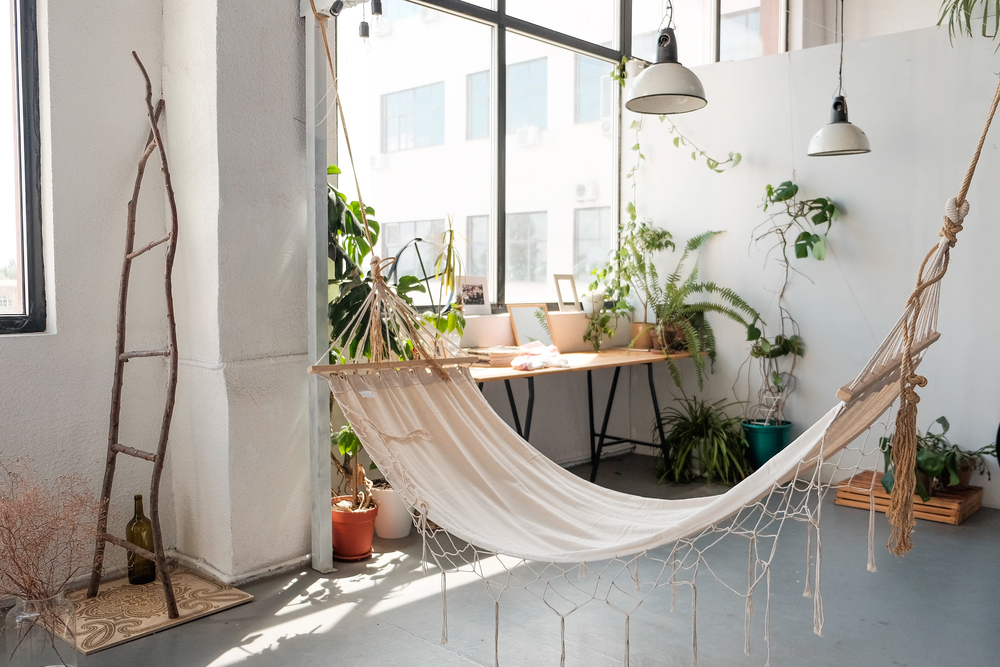
Beat the heat without breaking the bank or running your AC all day, every day. Through a combination of smart tips, easy DIY enhancements, and planning, you can stay cool, your family protected, and your summer peaceful. Sometimes the coolest ideas are the ones standing right in front of you.


